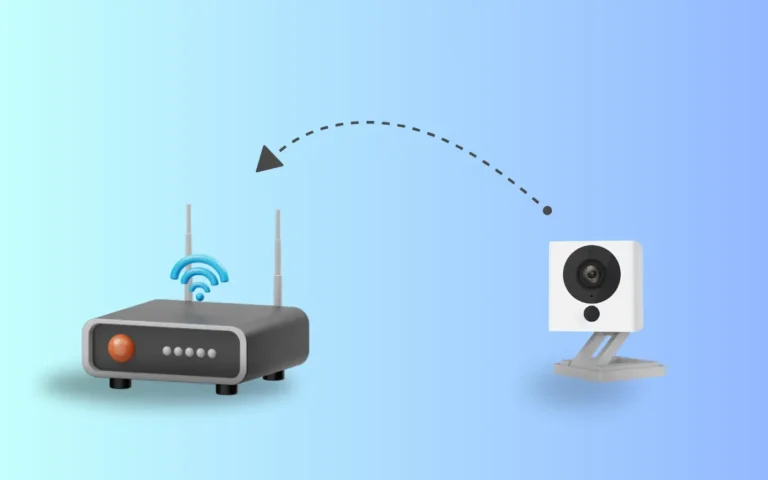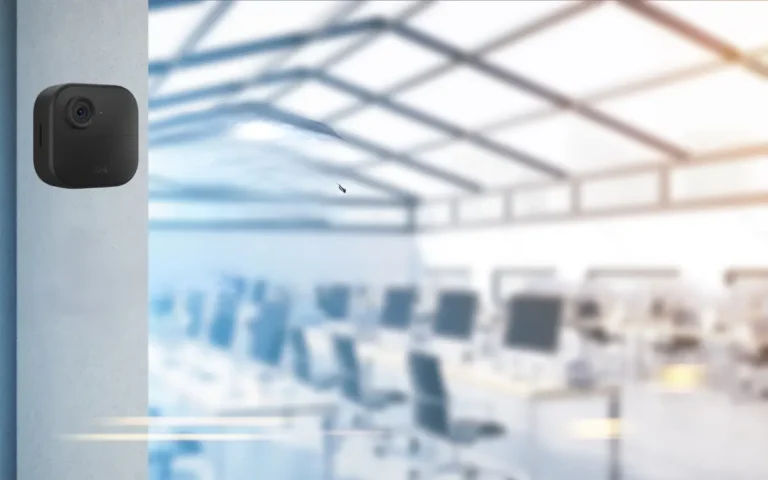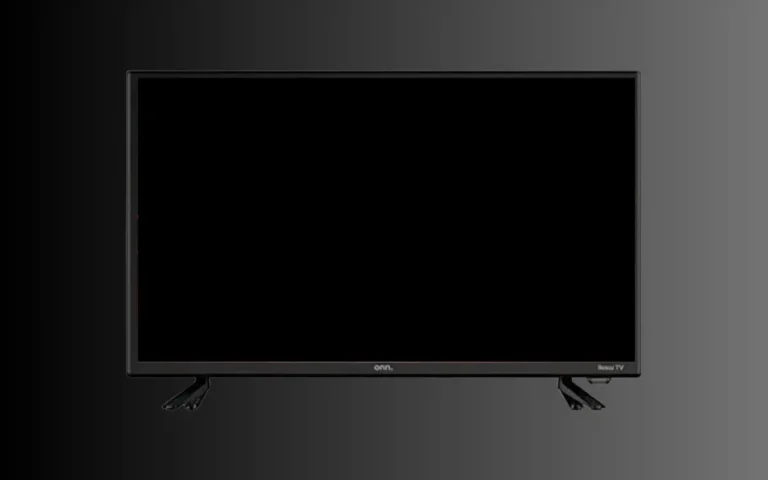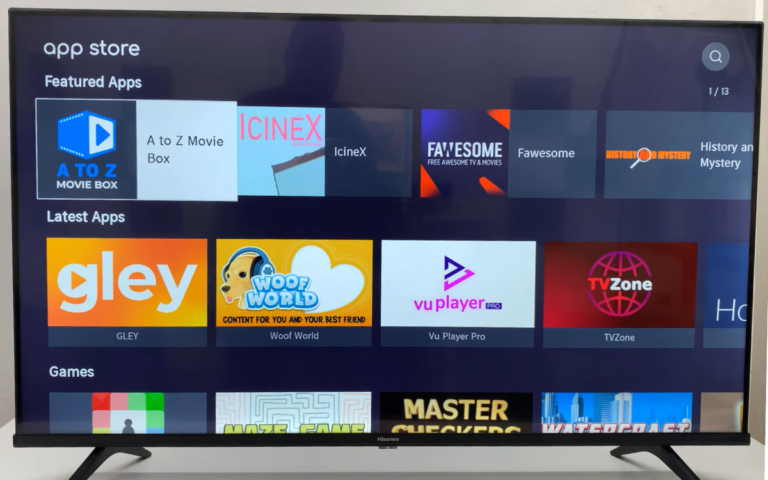Blink Camera Not Detecting Motion (Complete Guide)
Most people prefer Blink cameras to ensure their home security. However, it inevitably encounters problems, including the Blink camera not detecting motion. There are several network and setting issues as to why it may happen. If you are experiencing this issue, here are some potential causes and their quick fixes. So, dive right in for more.
If your Blink camera is not detecting motion and recording, ensure it is armed and has an active WiFi connection. You must also ensure it is fully charged and has consistent power delivery. Changing the camera sensitivity and activity zone can also help you return your camera to regular operations.
Potential Causes
Here are a few reasons why your Blink camera may not detect motion.
- Limited Detection Range: Your Blink camera’s range and position can also prevent the camera from detecting motion.
- Incorrect Settings: Incorrect sensitivity settings and activity zones can result in the Blink camera not detecting motion.
- App Updates: Outdated firmware can also cause poorly working motion detection.
- Network Connectivity: A weak internet connection may slow your camera’s motion detection.
- Inadequate Lighting: Poor lighting can also influence it, especially at night.
Effective Solutions
Enable the Motion Detection Function from the Application
The first and foremost effective solution for a Blink camera not working is to enable the function from the mobile application. Here is how you can do it.
- First, download the Blink app from the App Store or Play Store.
- Next, open it and sign up with your email if it is your first time.
- After this, select the camera facing the issue.
- Go to the motion detection feature from the main menu and turn it ON.
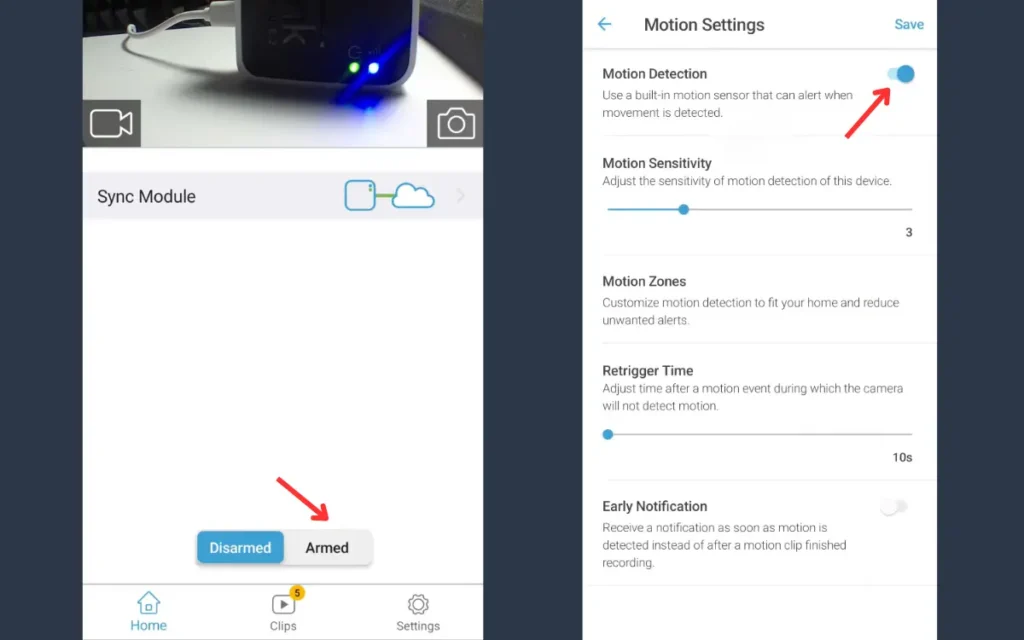
Try Changing the Security Sensitivity Settings
If your camera’s motion detection is already turned on, yet you are experiencing issues, it might be the incorrect security sensitivity settings. This is especially the case when your camera is detecting the motion from proximity and not from a far distance. Follow these simple steps to change the security sensitivity settings.
- First, open the Blink mobile application and log into your account.
- From the main menu, select the camera that is not detecting the motion and press the Camera Settings Icon.
- After this, go to the Motion Settings and click the Motion Sensitivity Bar.
- Now drag this bar to how you want it. You can also check its effectiveness by moving the camera around and checking whether it detects motion now.
- The general rule is that a higher sensitivity detects smaller movements, whereas a lower sensitivity suggests more movements that need to trigger the camera. So, set the sensitivity levels accordingly.
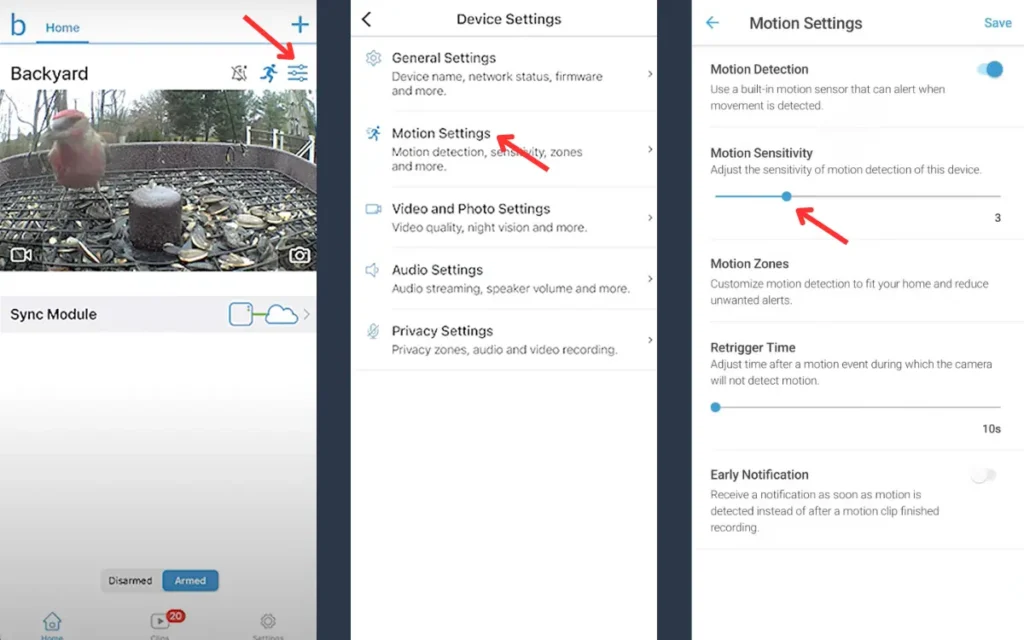
Check Whether the Subscription has Expired
In rare cases, some new users confuse the issue of the Blink camera not recording with the motion sensor not detecting any activity. In this case, you will experience the issue of the camera not storing data.
Similarly, all Blink devices have a 30-day free trial with an added subscription, allowing you to store recordings and photos directly in your Amazon cloud. Once these thirty days are over, your camera will no longer support data storage. In this case, you might need a USB flash drive or a cloud storage directly linked to your Sync Module.
- Do note that if you have multiple cameras, it requires you to buy a Blink subscription plus plan. It can cost you anywhere around $10/ month.
Ensure Your Camera is Armed
Another way you can fix the Blink camera not detecting motion would be to ensure the camera is armed. Having your Blink camera armed means detecting motion, recording, and offering notifications. Here is how you can make sure the camera is armed.
- Open the Blink app on your smart device and log into your account.
- Go to the Settings icon from the main menu and select Sync Module. It is usually on the top.
- Change it to Armed from the pop-up menu if its status shows Disarmed.
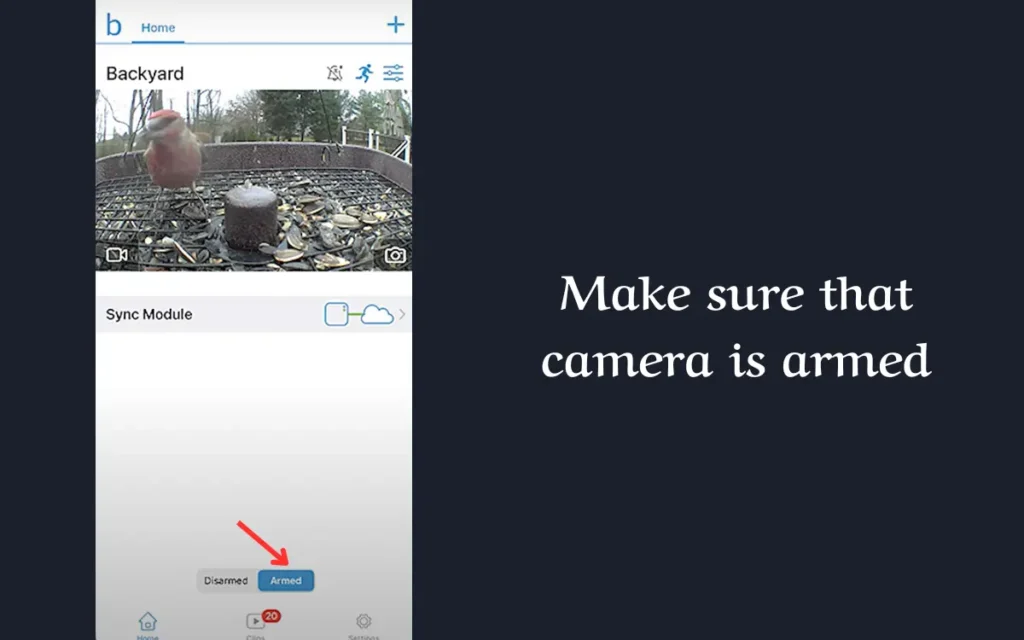
Find out what the main differences are between Blink armed vs. disarmed.
Make Sure Your Camera is Connected to the Internet
Oftentimes, our camera is not properly connected to the internet, which may cause it not to detect motion effectively. So, here is what you can do.
- First, check whether your camera is connected to an active internet connection.
- Once it is connected, make sure it is at least within 100 ft of the Sync Module. It will help you get a stronger network.
Another thing you need to do is to make sure the camera is connected to the Sync Module. For this, look at the LED light on the camera; if it is solid blue, it is properly connected.
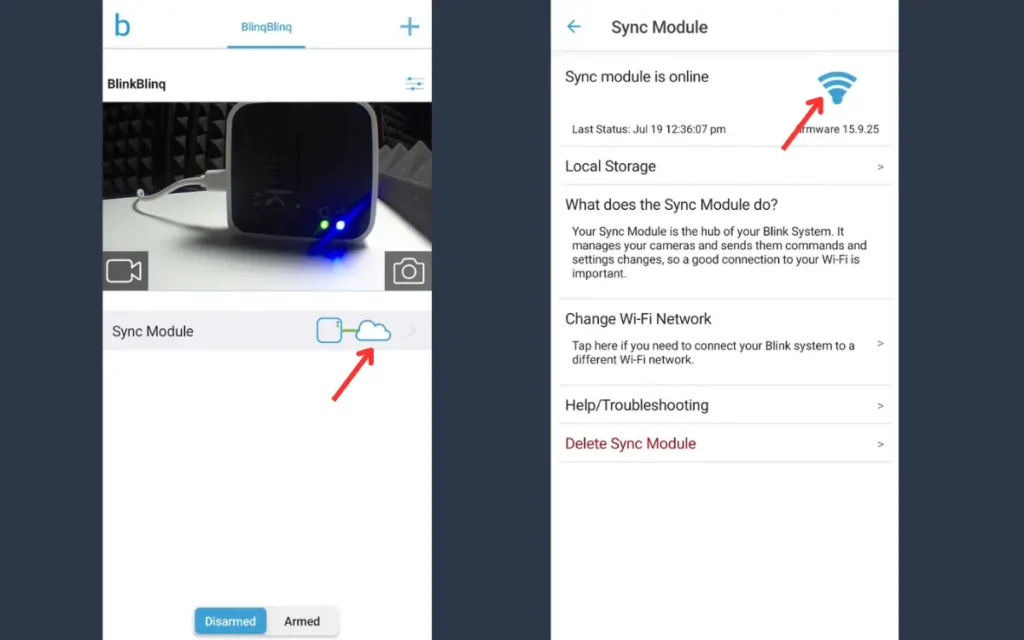
If there is no blue light, it means the Sync Module is disabled. In this case, you may need to power on the Sync Module. If your Blink Sync Module blinks green, it means there is some connection or pairing issue.
Verify the Camera Firmware and Blink App Updates
Your camera’s not detecting motion might be due to outdated software and firmware. Not only this but updating them can also reset specific permissions, turning your camera’s functionalities on. In this case, you must check that the permissions are turned on and the camera works fine.
So, open the Blink camera app on your phone and navigate to settings. From here, go to the camera and enable all the permissions regarding the Blink app to restore the camera to its normal working. Remember to manually save these preferences, as the system does not automatically apply certain preferences.
Adjust the Activity Zones
If nothing from the methods mentioned above works and your camera is still not detecting motion, it may be experiencing issues with the activity zones. Follow these simple steps to correct the misconfigured activity zones.
- First, open the Blink app on your phone or tablet and log into your account.
- Next, from the main menu, scroll down and select the Settings icon.
- From the pop-up menu, go to Motion Settings and select Motion Zones.
- From here, you can select the areas you want to monitor (distant and in close proximity) and tap on them to activate them individually.
- To select smaller squares and specific objects, click the Advanced button. It will give you enhanced control over the areas you want to monitor.
- You can also change or move some objects, like trees and bushes, into the inactive zones. It even lets you change their position and size accordingly.
- Once you are satisfied with the activity zones, save your settings.
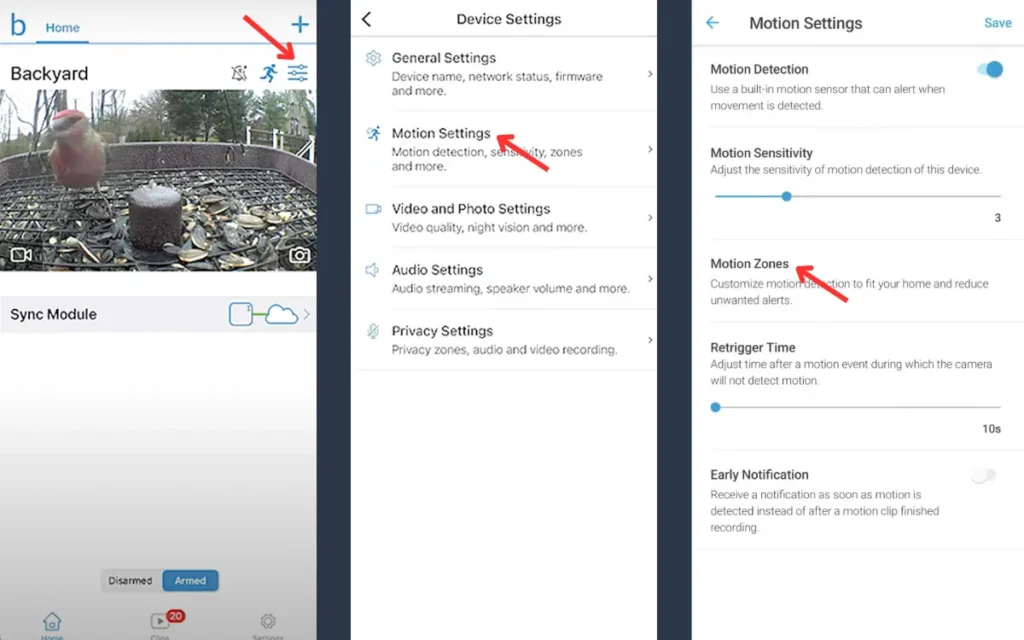
Consider the Maximum Range of Your Blink Camera
Regarding motion detection, Blink cameras have a maximum range; in most, it is around 20 feet. Any movement beyond the designated range will not trigger the camera to record any activity. So, it is significant that you consider this range when positioning your camera, as placing it too far from your preferred area may also prevent detecting any motion.
Similarly, do note that harsh weather conditions may also play their part in obstructing your camera’s field of vision, eventually interfering with your camera’s detection motion. So, in this case, I would advise you to place the Blink camera in at least 20 feet of your target areas. Your Blink camera’s professionally recommended detection range is between 5 and 20 feet.
Try Power Cycling the Wireless Router and Blink Camera
If none of the above methods have worked and your Blink camera is still not detecting motion, power cycling might help. It is typically a restart without deleting your data. Here is how to power cycle your wireless router and the Blink Camera.
- To power cycle your wireless router, switch it off and unplug it from the main power source.
- Wait at least thirty seconds, then plug the router into the power outlet.
- Now that the router is powered on, please wait for it to connect to the internet.
- At this point, the camera should be detecting motion.
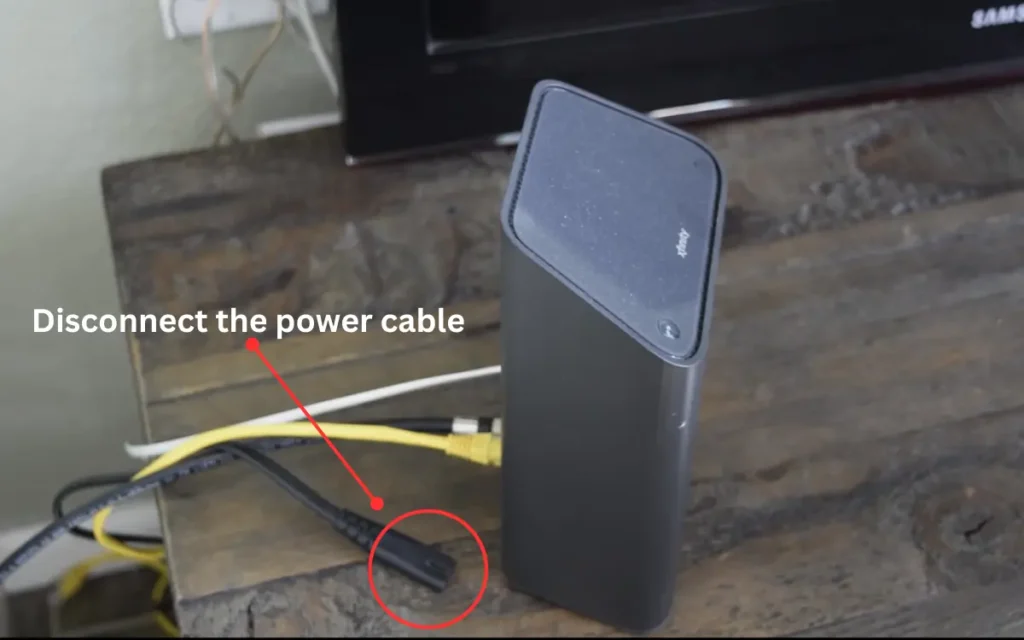
Simply put, power cycling is used to reset your internet connection and fix the connectivity issues if there are any. If it does not help with the faulty motion detection function, you may need to power cycle the Blink camera. It does the same thing, and here is how you can do this.
- Typically, a Blink camera works on two AA lithium-ion batteries or a USB adapter. Whatever it may be, please turn it off and disable the primary power source.
- After this, you must wait for at least ten to thirty seconds.
- Once done, reinsert your batteries or connect your camera to the USB adapter.
- Now, you have to wait for the Blink camera to turn on and reconnect to the internet services.
- Finally, test whether it detects motion by walking around and if it is recording fine.
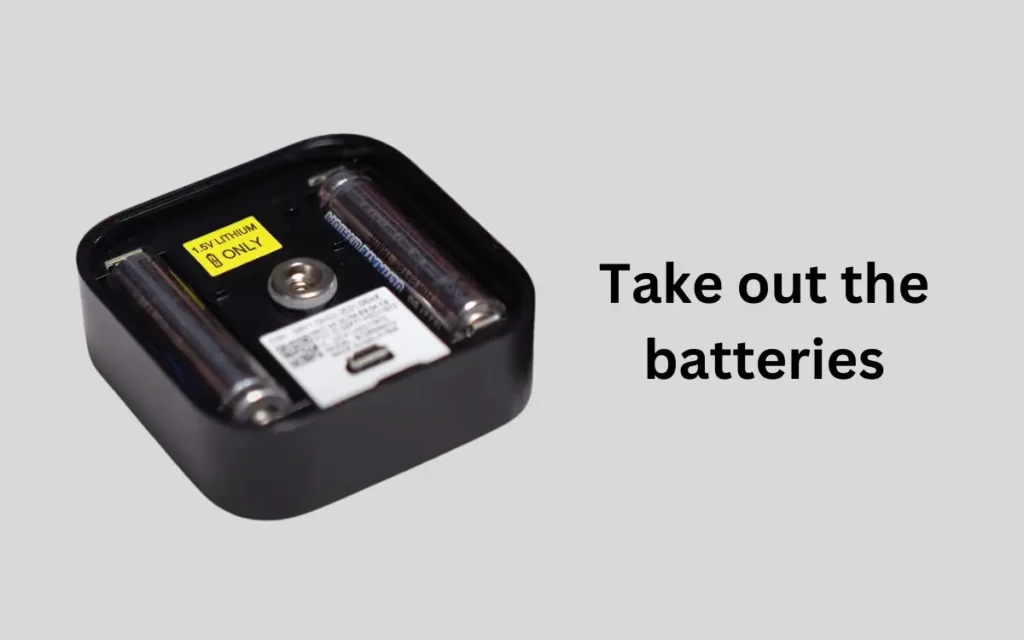
Fix the Infrared Issues
If the issue persists and you do not know what seems wrong, I would advise you to check the IR or infrared issues. Simply put, IR sensors are designed to detect movement by changing the field of vision in the heat signatures. These cameras need a straight, clear line of sight towards the intended target to work effectively.
To check the common IR issues and how to solve them, follow these steps.
- First, check whether your camera is placed correctly. Make sure it is near the router, not hidden behind any glass or other material that may result in blocking the infrared light.
- Also, ensure it is not placed too close to any object that acts as a heat source. It includes everything from vents to radiators or windows with direct sunlight.
- It is also advised to disable the night vision feature in low-light conditions. This is because some users have complained about it interfering with the IR sensors and hindering their ability to detect motion accurately.
Use Floodlights
Using floodlights with your Blink camera setup might help it detect activity motion, as motion detection is often hindered in low-light conditions. The added illumination is best to ensure the camera has the required visibility to capture the details of the target area.
Clean the Camera Lens
A dirty lens may also be why the Blink camera is not detecting motion. Here is how you can clean it.
- First, turn off your Blink camera to avoid accidental triggers.
- Next, take a microfiber cloth and start cleaning your camera. Just try to remove fingerprints or dust particles. Don’t be too harsh on the lens surface, and avoid harsh cleaning solutions, as they may leave scratches on your lens.
- Also, check for signs of debris in the surrounding areas of your lens. Reposition the camera where it is less likely for your lens to get dirty quickly.
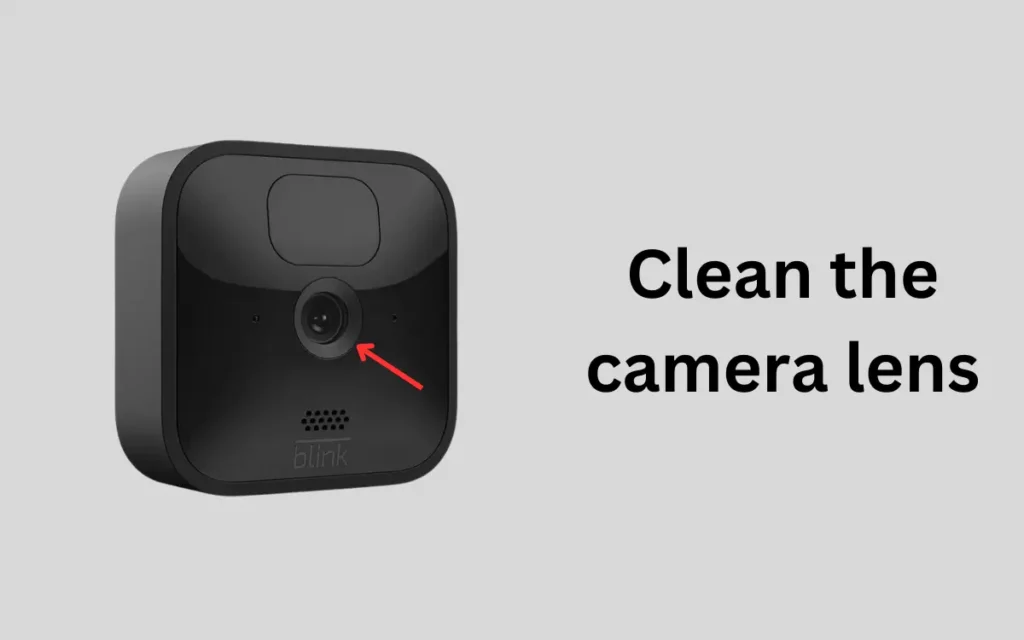
Check the Motion Detection Issues at Night
If you experience these issues, especially at night, here are some quick fixes you can do.
- Monitor your Camera’s Sensitivity: As already discussed, your camera’s sensitivity levels are significant to ensure it detects activity from a considerable distance. So, go to the motion settings of your camera from the mobile app and adjust them accordingly.
- Check Its Placement: After this, ensure your camera is in the correct location, especially at night. This is because highly dark areas and dark shadows can influence your camera’s effectiveness in detecting activity.
- Check Battery Levels: Ensure your camera has enough battery charging to function in low-light conditions. Low battery levels usually interfere with the camera’s ability to detect motion.
- Use an IR Illuminator: To add extra light to your camera setup at night, opting for an IR illuminator is best. It will help you increase the light so the camera has high visibility to record your target area.
Check the Voltage Levels
Low voltage levels can also influence the power delivery to your camera and, eventually, your camera’s overall operations, motion detection being one of them. Do note that it can happen with wired and wireless cameras, which can frustrate users. Here are a few precautionary measures to help you deal with the situation.
- The first is to check the voltage levels of your camera regularly. You may require a voltage meter, as checking the voltage using an indicator light is easy.
- Another effective method to ensure sufficient power delivery is to relocate your camera to where there are no electric noises.
- Using a power supply with a higher voltage can also help you deal with the recurring voltage drop.
- Please take all the safety precautions while dealing with voltage-related operations.
Factory Reset Your Blink Camera
If nothing is useful and you are frustrated, factory resetting your Blink camera might help. It is also known as the hard reset, resetting your camera to when it was initially bought. Do note that factory resetting your camera can delete all the information from your camera and related user preferences.
Here is how you can factory reset your Blink camera.
- First, turn on your Blink camera, as a factory reset cannot be performed when the camera is off.
- Now, find the reset button on your camera. Usually, it is placed at the bottom of the back side of the camera based on the camera model you have.
- Now, hold this button for at least ten to thirty seconds.
- Release the button when you see a blinking light on the router.
- Now, your camera should be fine and back to its original settings.
- You can also reset your camera to the Sync Module. For this, find the reset button on the module and long-press it until you see the light on the module turning red. It usually takes thirty seconds; after this, your module will return to its default settings.
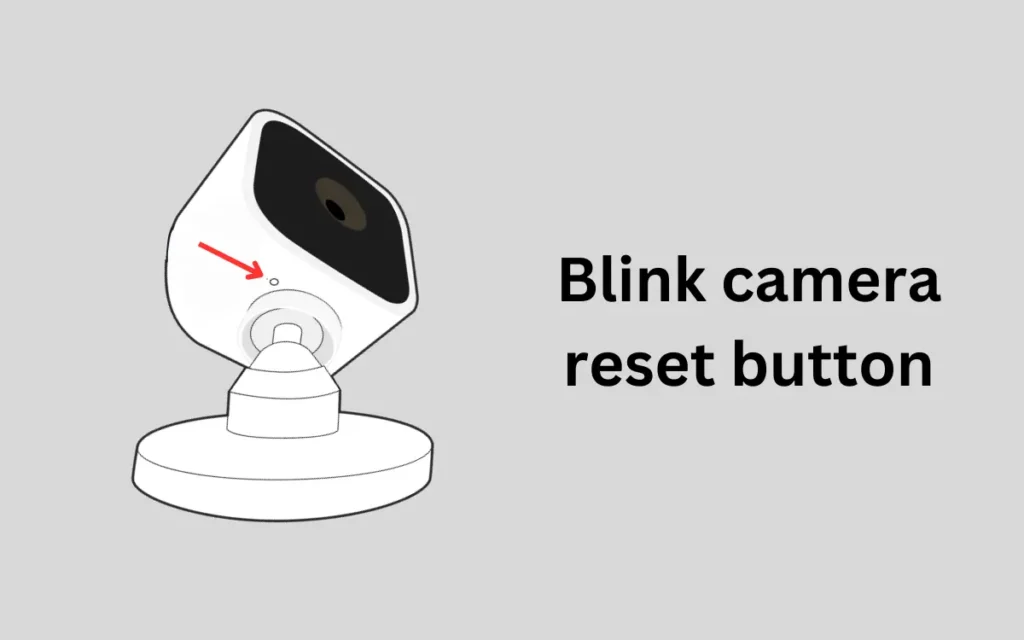
Useful Tips on How to Prevent Motion Detection Not Detecting Motion
Follow these tips and tricks to prevent further issues with your Blink camera.
- Make sure your camera is correctly installed and has the correct positioning.
- Always check the camera’s sensitivity settings and activity zones.
- It would be best to keep your camera’s firmware and software updated. This is essential to make sure the technical issues are solved.
- Regularly clean your camera lens so the dust and debris do not affect its motion detection ability.
- Avoid locating your camera where it is directly exposed to heat or sunlight. If it is an outside camera, consider placing it under the shade.
- Try adding an extra source of illumination to your camera setup. It will help your camera with better sensitivity, especially in low-light conditions.
Learn how to share Blink Camera access with others.
FAQs
Why is my Blink camera not announcing motion?
There are several reasons why a Blink camera would not record and detect motion. It can be incorrect sensitivity settings, false alarms, incorrect activity zones, and network issues. A poor battery and low power delivery may also result in this.
Can you fix the motion detection with a factory reset?
Yes, you can fix it with a factory reset. However, it is the last resort and may erase all the data stored in your camera. So, it is better to try other things before a hard reset.
What to do if nothing works for your camera not detecting motion?
If you have tried all the basic settings and the camera is still not detecting motion, you may need to consult Blink Support. Usually, they get back to you within 24 hours and are available by phone, email, and live chat. However, before reaching out to them, ensure you have all the necessary information regarding your camera’s firmware, camera model, and error codes.
Final Thoughts
Not having correct motion detection can be frustrating. The good news is that you can solve it by finding the right problem and adopting an effective solution. I hope this guide has helped you regain your camera’s normal operations.



